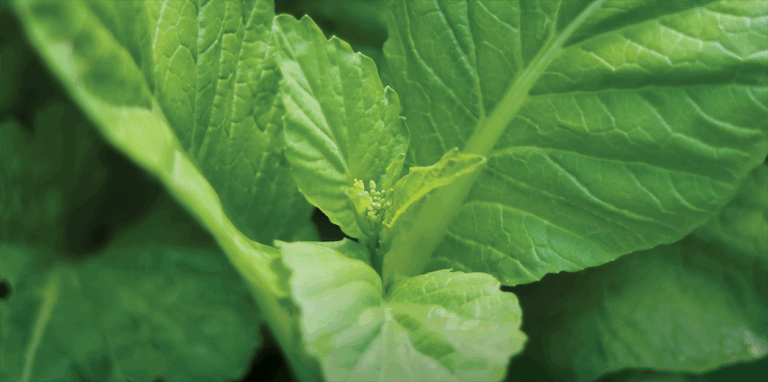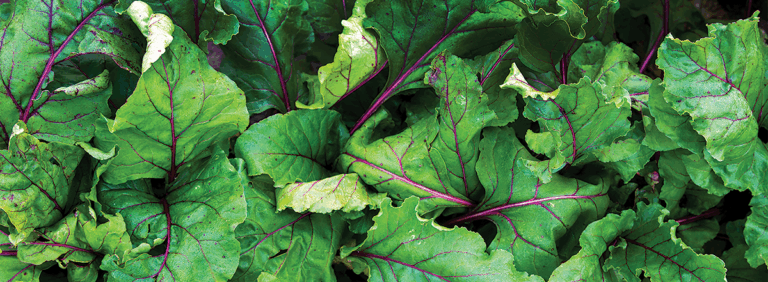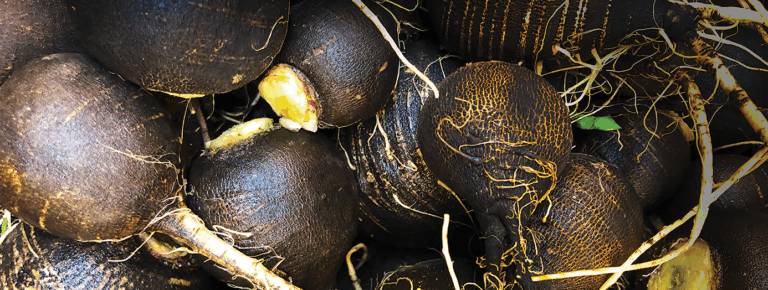Four Powerful Superfoods
Summary
Superfoods are comprised of fiber, minerals, protein, phytonutrients, and vitamins that have been associated with improvement in health. Consuming even small amounts of superfoods can fill the gap of missing phytonutrients that are associated with a reduction in chronic diseases.
Americans have a significant gap in their consumption of fruits and vegetables, which leads to suboptimal levels of vitamins and minerals.1 As important, is the reduced level of phytonutrients that are consumed daily. “Superfoods” are comprised of fiber, minerals, protein, phytonutrients, and vitamins that have been associated with improvement in health. Consuming even small amounts of superfoods can fill the gap of the missing phytonutrients which are highly associated with a reduction in chronic diseases.2-3 Prevalence of chronic conditions among adults aged 45 and over have almost doubled since 2000.4 According to the World Health Organization, diet-related health concerns are among the leading causes of death in adults.5
Harvard T.H. Chan School of Public Health recently published a study in the New England Journal of Medicine which indicated that even small changes in daily diet could improve health status and reduce the risk of chronic disease.6-7 These minor changes can be incorporating a superfood like Swiss chard, beets, or Brussels sprouts into the daily routine of Americans. Superfoods can play important role in improving health outcomes.
Four Powerful Superfoods
Swiss Chard and Beet Leaf
Swiss chard and Beet leaf belong to the chenopods botanical family, which also includes spinach and quinoa. The two basic betalains are betacyanins (contains betanins) and betaxanthins.8 Beet greens and Swiss chard are a rich source of phytonutrients, magnesium, lutein, and zeaxanthin, both of which support eye health. Studies have shown that betalains and betanin have potent anti-inflammatory and antioxidant effects, and may also play a role in reducing the risk of oxidative stress and chronic inflammatory conditions such as arthritis.8
Beet Root
Beet root is high in dietary nitrates which supports endothelial function (blood flow) through the production of nitric oxide (NO).9 Consuming beets is a crucial way of improving NO product and support heart health. Beets also contain betaine, also known as trimethylglycine, which serves several functions including acting as a methyl donor to modulate homocysteine levels.10
Brussels Sprouts
Brussels sprouts are a member of the brassicas (cruciferous) family that includes broccoli, cauliflower, kale, watercress, cabbage, bok choy, arugula, collard greens, mustard greens, turnips, rutabaga, wasabi, and mustard seeds. Brassicas contain unique phytonutrients called glucosinolates, which are sulfur-containing molecules that exist almost exclusively in cruciferous plants.11 Diindolyl-methane (DIM), indole-3-carbonyl, and sulforaphane – all glucosinolates found in crucifers – help to modulate detoxification in the body and down-regulate the expression of nuclear factor kappa B subunit 2 (NF-κβ2).12-13 In a recent in vitro study, sulforaphane showed to be the potent nuclear factor erythroid 2–related factor 2 (Nrf2) activator and as we age the body’s Nrf2 activations declines.14
Spanish Black Radish
Spanish Black Radish is also a cruciferous vegetable which contains high levels of glucosinolates, as well as sulfates and cysteine-rich proteins. Spanish black radish provides four times the level of glucosinolates than broccoli.15 In an observational study of 20 healthy males after four weeks of consuming a supplement of 2,200 mg Spanish black radish, researchers found an activation of detoxification pathways (phase II enzymes) and lowered estradiol-17β to support liver function.16
- Moore, LV., Thompson, FE., Demissie, Z. (2017). Percentage of youth meeting federal fruit and vegetable intake recommendations, youth risk behavior surveillance system, United States and 33 states, 2013. Journal of the Academy of Nutrition and Dietetics;117(4). doi:10.1016/j.jand.2016.10.012.
- Di Noia, J. (2014). Defining powerhouse fruits and vegetables: a nutrient density approach. Prev Chronic Dis;11:130390. DOI: http://dx.doi.org/10.5888/pcd11.13039
- Park, A. (2014, June 06). Powerhouse fruits and vegetables: A list. Retrieved from https://time.com/2827608/41-superfoods-ranked-by-how-healthy-they-are/
- CDC/NCHS. National health interview survey CDC: http://www.cdc.gov/chronicdisease/overview/
- World Health Organization. Top 10 causes of death worldwide. Accessed on 5/2017: http://www.who.int/mediacentre/factsheets/fs310/en
- Sotos-Prieto, M., Bhupathiraju, S., Mattei, J., Fung, T., et al. (2017, July). Association of changes in diet quality and total and cause-specific mortality. New England Journal of Medicine;377(13):1303-1305. doi:10.1056/nejmc1710523.
- Improving diet quality over time linked with reduced risk of premature death. (2018, June 22). Retrieved from https://www.hsph.harvard.edu/news/press-releases/improving-diet-quality-over-time-linked-with-reduced-risk-premature-death/
- Clifford, T., Howatson, G., West, DJ., et. al. (2015). The potential health benefits of red beetroot supplementation in health and disease. Nutrients, 7, 2801-2822.
- Lidder, S., Webb, AJ. (2012). Vascular effects of dietary nitrate (as found in green leafy vegetables and beet root) via the nitrate-nitrite-nitric oxide pathway. Br J Clin Pharmacol; 75(3):677-696.
- Craig, SA. (2004, September). Betaine in human nutrition. Am J Clin Nutr;80(3):539-49.
- Wagner, AE., Terschluesen, AM., Rimbach, G. (2013). Health promoting effects of brassica-derived phytochemicals: from chemopreventive and anti-inflammatory activities to epigenetic regulation. Oxid Med Cell Longev. 964539. doi: 10.1155/2013/964539.
- Ambrosone, CB. (2009, April). Cruciferous vegetable intake and cancer prevention: role of nutrigenetics. Cancer Prev Res (Phila);2(4):298-300. doi: 10.1158/1940-6207.CAPR-09-0037.
- Sturm, C., Wagner, AE. (2017). Brassica-derived plant bioactives as modulators of chemopreventive and inflammatory signaling pathways. International Journal of Molecular Sciences;18(9):189
- Zhou, L., Zhang, H., Davies, KJA., Forman, HJ. (2018). Aging-related decline in the induction of Nrf2-regulated antioxidant genes in human bronchial epithelial cells. Redox Biology;14:35-40. doi:10.1016/j.redox.2017.08.014.
- Ciska, E., Martyniak-Przybyszewska, B., Kozlowska, H. (2000). Content of glucosinolates in cruciferous vegetables grown at the same site for two years under different climatic conditions. Journal of Agricultural and Food Chemistry;48(7):2862-2867. doi:10.1021/jf981373a.
- Evans, M., Paterson, E., Barnes, DM. (2014). An open label pilot study to evaluate the efficacy of Spanish black radish on the induction of phase I and phase II enzymes in healthy male subjects. BMC Complementary and Alternative Medicine;14(1). doi:10.1186/1472-6882-14-475.






